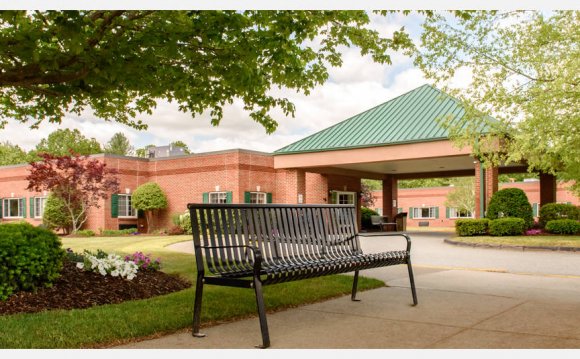
Nursing care in home Central America
Amid aging communities while the growth of chronic conditions, the demand for competent health-care professionals is on the rise in the three nations of the united states. In the usa alone, around 5.6 million vacancies for health-care experts whatsoever skill amounts will open up between 2010 and 2020, plus the figures in Canada and Mexico tell an identical story. At precisely the same time, the countries of Central The united states, particularly El Salvador and Guatemala, tend to be dealing with a vital nursing assistant shortage.
Thus far, local approaches to enhancing the way to obtain competent nurses have already been uncommon. One promising however underexplored opportunity could be the harmonization of nurse qualifications over the area, a procedure where countries that face comparable health-care difficulties work together to develop an awareness of 1 another’s instruction and training systems, identify spaces between these systems, and produce strategies to connect these gaps in the long run.
This report explores the insurance policy implications, advantages, and challenges of harmonizing medical skills in the united states. The payoffs of such collaboration tend to be substantial: it may reduce brain waste and deskilling among nurses, raise the quality of attention in most countries included, and expand possibilities for nurses to train where their particular skills are needed also to make use of new task possibilities in health tourism and tele-health. But as the report considers, policymakers and private-sector stars must first over come a selection of hurdles to harmonization. Difficulties feature distinctions one of the countries active in the academic requirements of stepping into nursing programs, dispersal of decision-making energy among a patchwork of organizations regulating the nursing career, and administrative obstacles to recognition of qualifications—the flurry of red tape that nurses must go through to use medical once more after moving across borders.
Inspite of the inherent difficulties, the report emphasizes the number of experiences and greatest practices currently available is rich adequate to inform and underpin even more concerted local harmonization activity, and records that governmental might and commitment are essential to make the alternative of going to the harmonization of certification requirements along with other requirements, in the nursing field and past.
Dining table of items
We. Introduction
II. Local Nurse Labor Markets: Expected Supply Bottlenecks and High-Job Development
III. Obstacles to Harmonized Nurse Skills
A. Knowledge Barriers: Top-notch Basic Knowledge and Language Techniques
B. Structural Barriers: Dispersed Decision-Making Power
C. Administrative Barriers: Recognition of Qualifications
IV. Methods Ahead: Policy Alternatives toward Harmonized Qualifications
A. Exchange Tools and Language Capacity Building
B. Agreements between Regulatory Figures













